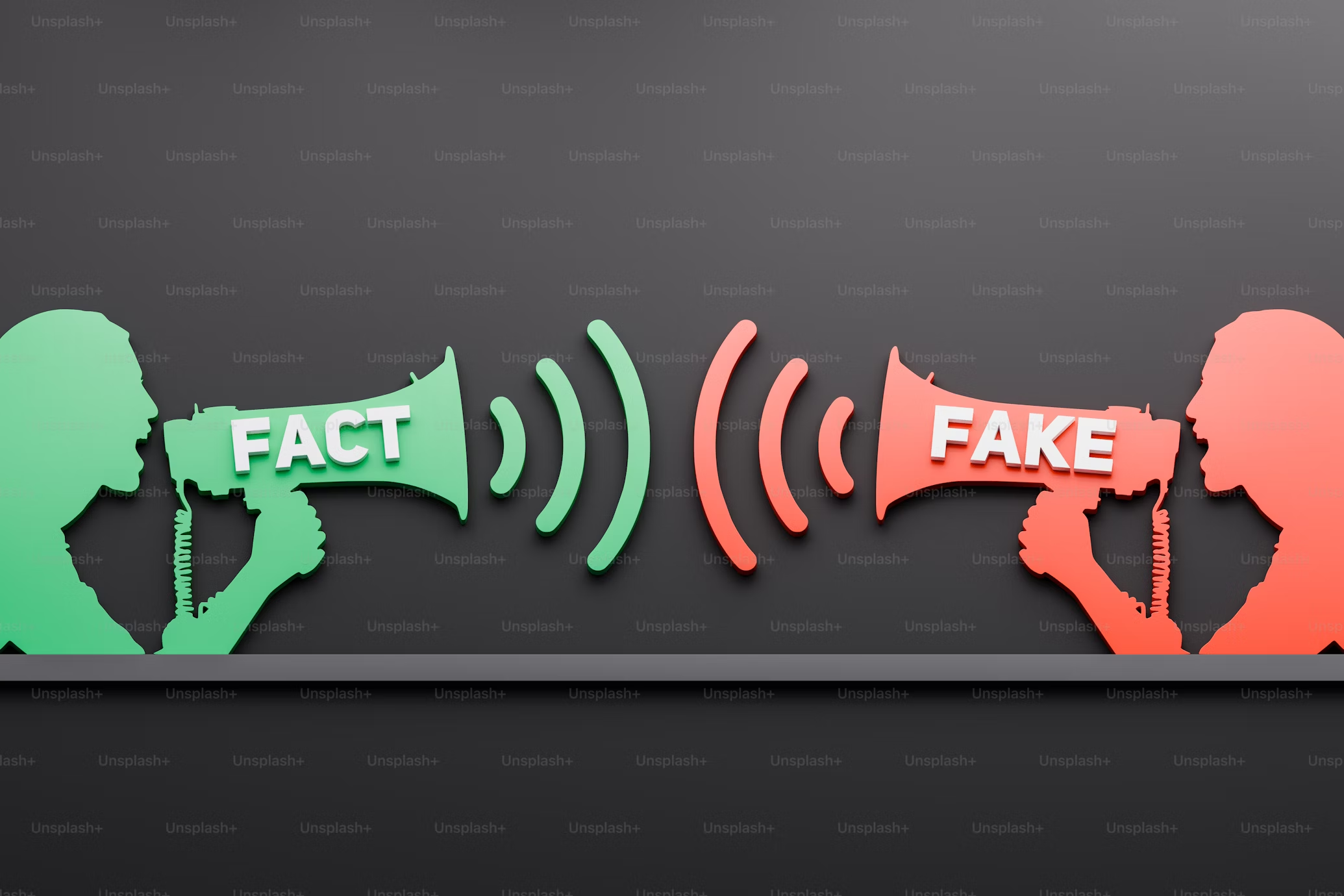False news (often referred to as “fake news”) isn’t just about wild conspiracy theories or outrageous claims. It can be misleading headlines, edited photos, or made-up statistics shared by people we trust – or thought we could trust. It’s worth noting that many media literacy experts prefer the term false news, since fake news is sometimes used by populist voices to discredit legitimate journalism.
The main question here is: can you, personally, detect whether the media you consume every day is authentic or a trap?
First of all—do you check the source? How can you be sure that the website or account you’re trusting is real? If it’s not a well-known outlet, take a second to look it up. For example, something like “pay-pail” pretending to be “PayPal” might look real at first glance, but it’s not.

